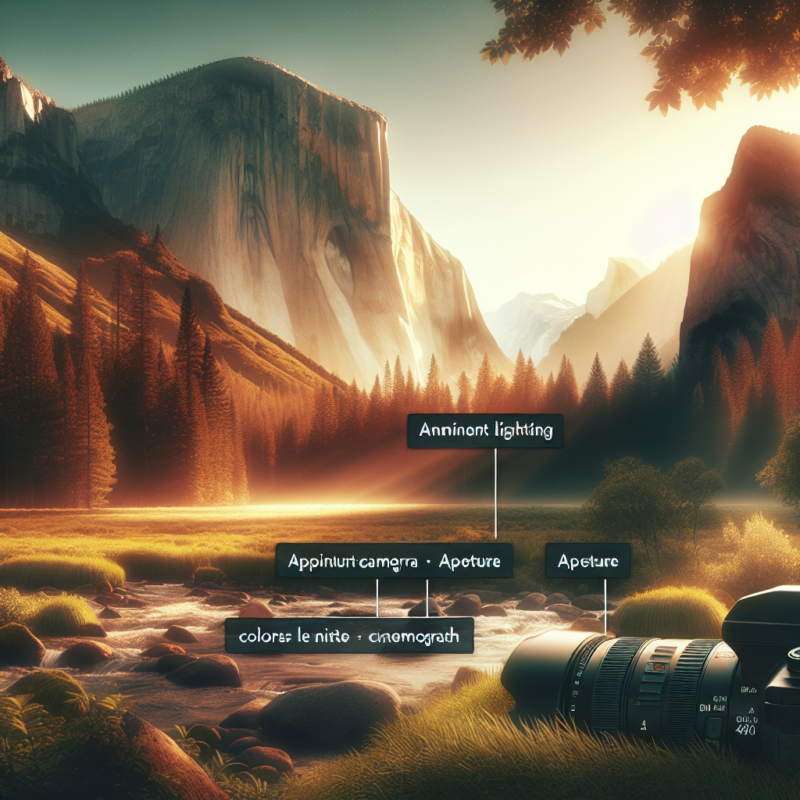Amazon eCommerce
Title, Bullet, Description: Where to Use Keywords for Maximum Impact
Title, Bullet, Description: Where to Use Keywords for Maximum Impact

Keywords are the backbone of search engine optimization (SEO). They help search engines understand what your content is about, and they’re the words and phrases your potential customers are using to find the products or services you offer. But where should you place these keywords for maximum impact? This article will explore the strategic placement of keywords in the title, bullet points, and description of your content.
Understanding the Importance of Keywords
Before we delve into where to place your keywords, it’s crucial to understand their importance. Keywords are the bridge between what people are searching for and the content you are providing to fill that need. Your goal in ranking on search engines is to drive organic traffic to your site from the search engine result pages (SERPs), and the best way to do that is by ensuring that your content uses the same language that your potential visitors are using.
Keyword Placement: Title, Bullet Points, and Description
Now that we understand the importance of keywords, let’s discuss where to place them for maximum impact. The three primary areas to focus on are the title, bullet points, and description.
Title
The title of your content is the first thing both search engines and users see. It’s the headline of your content in the SERPs, and it’s the first impression you make on your audience. Therefore, it’s crucial to include your primary keyword in the title.
For example, if you’re writing a blog post about the best vegan recipes, your title could be “10 Best Vegan Recipes for a Healthy Lifestyle.” Here, “best vegan recipes” is your primary keyword.
Bullet Points
Bullet points make your content more readable and organized. They’re also an excellent place to include your keywords. Search engines like Google appreciate content that’s easy to read and well-structured, and bullet points help achieve that.
For instance, in a blog post about vegan recipes, you could have a bullet point list like:
- Easy-to-make vegan breakfast recipes
- Delicious vegan lunch recipes
- Hearty vegan dinner recipes
Here, “vegan breakfast recipes,” “vegan lunch recipes,” and “vegan dinner recipes” are your keywords.
Description
The description, also known as the meta description, is a brief summary of your content that appears under the title in the SERPs. It’s your opportunity to convince searchers to click on your link, so it’s essential to include your primary keyword here.
For the vegan recipes blog post, a good meta description could be: “Discover the 10 best vegan recipes for a healthy lifestyle, including breakfast, lunch, and dinner options. These easy-to-make recipes are sure to satisfy.”
Case Study: The Impact of Strategic Keyword Placement
A study by Backlinko found that including a keyword in the title tag could result in a 14.3% increase in organic click-through rates. The same study found that pages with a keyword-rich description tag get 5.8% more clicks than those without.
This case study clearly shows the impact of strategic keyword placement in the title and description. It’s a simple yet effective SEO strategy that can significantly increase your organic traffic.
Conclusion
Strategic keyword placement in the title, bullet points, and description of your content can significantly improve your SEO and increase your organic traffic. Remember, the goal is not to stuff your content with keywords but to use them strategically to make your content more relevant and accessible to both search engines and users.
By understanding the importance of keywords and knowing where to place them for maximum impact, you can create content that ranks higher in the SERPs and attracts more visitors to your site. So, start optimizing your content with strategic keyword placement today and watch your organic traffic grow.

